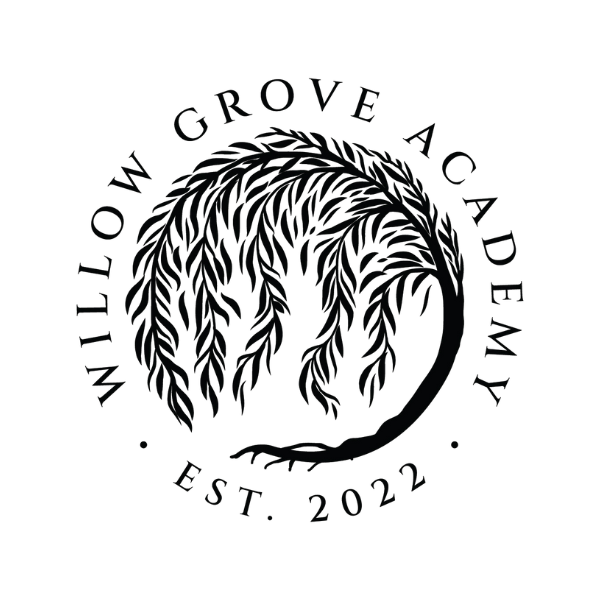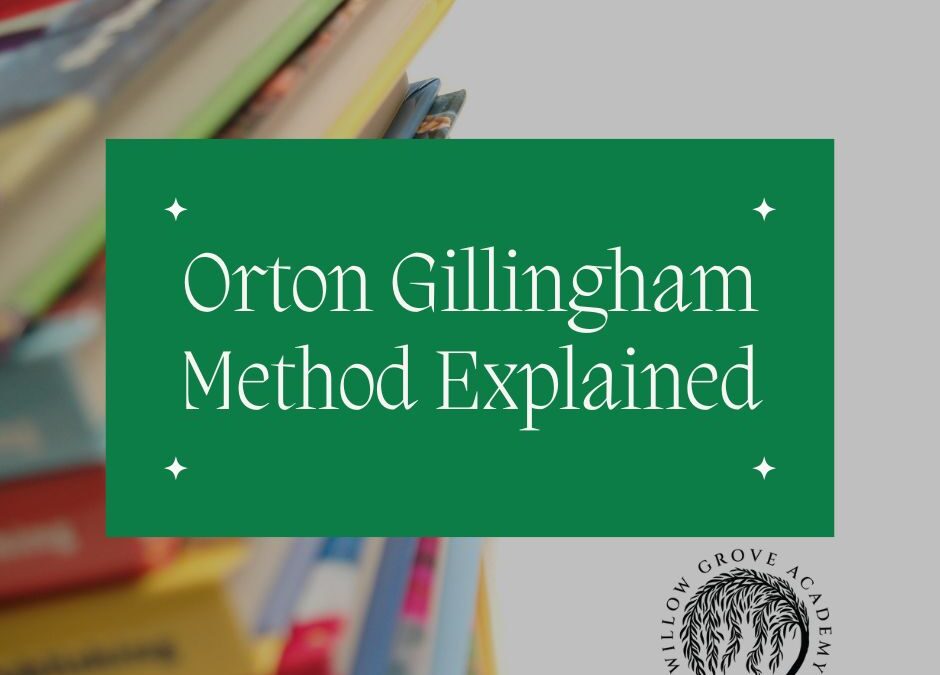Well what exactly is Orton Gillingham?
I am sure you have been hearing about Orton Gillingham if you have a struggling reader (or OG as we sometimes refer to it).
Orton Gillingham is a teaching method that was pioneered by Dr. Samuel Orton and Dr. Anna Gillingham.
It is a reading method that was designed for struggling readers.
What sets the Orton Gillingham teaching method apart from other reading methods is that it is direct, explicit, structured, multisensory, diagnostic, and prescriptive.
It is a method, not a curriculum, so the delivery of OG instruction depends on a trained, experienced instructor in its delivery.
Orton Gillingham is best delivered in a one-on-one setting, but small group instruction is also common.
A properly trained Orton Gillingham instructor begins with testing to determine a student’s instructional level and strengths and weaknesses in reading. Once a level has been established, reading intervention can begin.
Each lesson begins with phonics cards that the students practices with. Each set of cards has all of the sounds of each letter of the alphabet. It then progresses onto sound combinations (/ea/ or /er/ for example).
Eventually the student memorizes each card and all the sounds associated with each letter/sound. This helps the student decode words because she knows which sound the letter or letter combination makes. This eliminates the guess work in sounding out words.
As the lesson progresses, the student listens to words dictated by the teacher, and then spells the words with letter tiles.
This is the multisensory part.
A combination of auditory, visual and kinesthetic strategies are used to help cement decoding skills for the student.
The lesson finishes with sentences that the teacher reads to the student, the student writes the sentences and then reads them aloud. Eventually the teacher will include reading passages that only include the letters/sounds the student already knows.
This helps build confidence and eliminate frustration for the student by not using letters/sounds that the student has not already studied. It is important to note that often a student’s reading and spelling levels may be vastly different.
This does not prevent the student from progressing in her reading instruction as both skills are addressed separately.
At the end of each lesson (no more than an hour for each session, several times a week) the teacher analyzes the session and makes notes of what skills still need remediation to plan for the next class. This is done after each lesson.
There is no progression of skills until mastery is achieved.
This is what makes OG so effective.
Personalized, structured, prescriptive, and diagnostic instruction for each student, every time.

